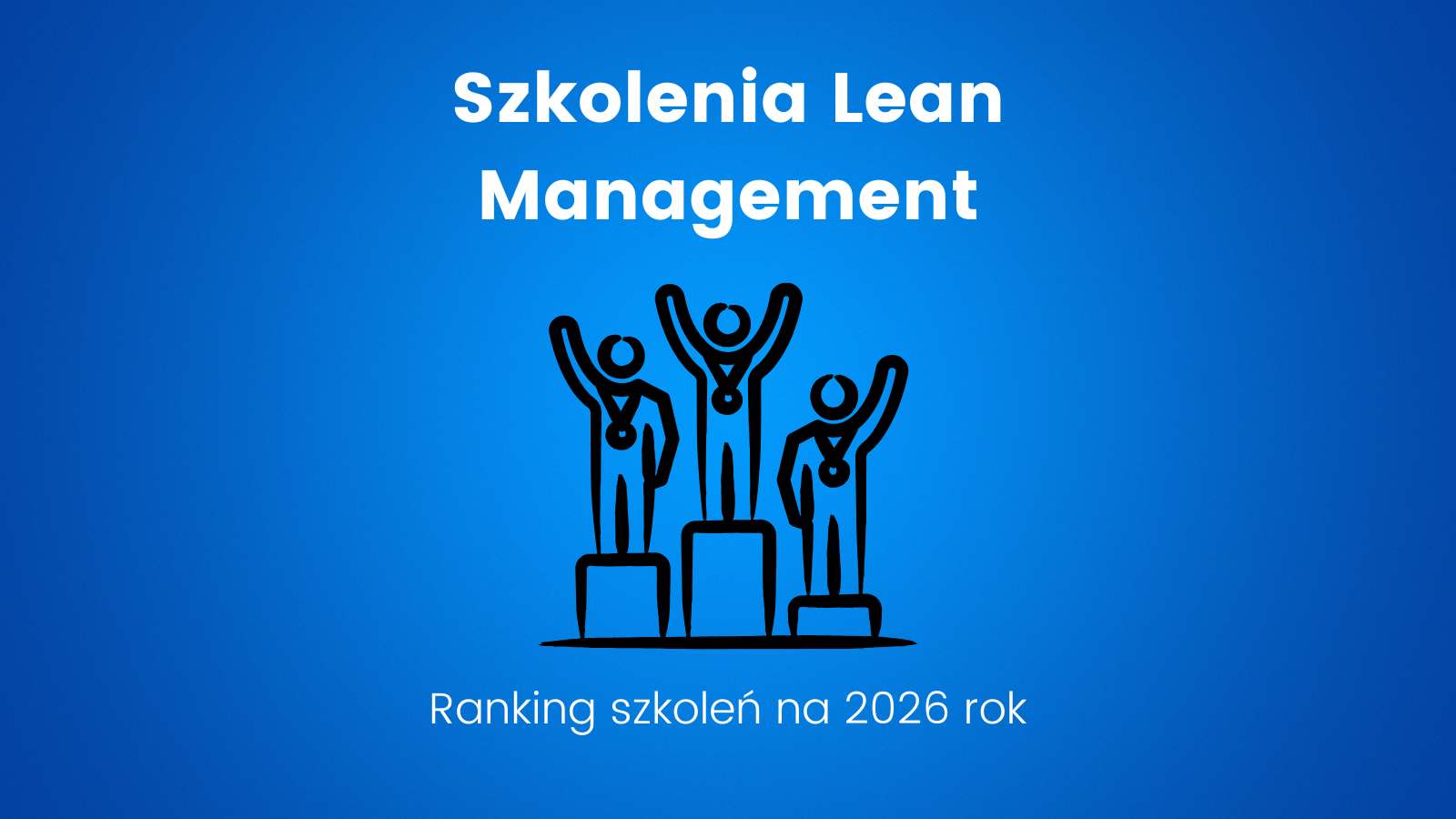In today’s world, decisions are increasingly based on data numbers facts. However, what we see in reports and statistics doesn’t always paint a complete picture. Numbers can be misleading if not carefully analyzed and placed in the right context. This is why, in addition to raw information, applying common sense is equally important.
Table of Contents
ToggleData, Numbers and Facts in Everyday Decisions
When analyzing data, it’s crucial to understand its real meaning. Let’s take divorce statistics as an example. Research shows that about 44% of marriages end in divorce. At first glance, this may suggest that nearly half of marriages are doomed. However, if we look at these data from another perspective, we see that 56% of marriages last until one partner’s death.
How to Interpret Data and Numbers?
Using common sense is key when interpreting statistics. Raw numbers do not always present the full reality. The divorce statistics example shows that the same information can lead to different conclusions depending on the context. Therefore, numbers shouldn’t be the sole basis for decision-making but rather one of the elements supporting it.
Common Sense in Data Analysis
Context is always essential when analyzing information. Without it, even the most precise numbers can lead to wrong conclusions. For example, when analyzing sales growth, it’s important to consider factors like seasonality and marketing activities. Raw data may suggest growth, but without a broader analysis, decisions based solely on numbers may be incorrect.
Numbers as Decision Support Tools
Numbers and facts are valuable tools for supporting decisions, but they cannot replace common sense. They should be treated as support, not the sole foundation for action. The example of divorce statistics shows that interpreting numbers without considering context can lead to false conclusions. A good example of this is the TWI Job Relations method, which includes a structured approach to solving interpersonal problems. In this process, the first step focuses on gathering facts, which then help identify the most effective solutions for resolving the issue.
Conclusion
Data and facts play a vital role in decision-making, but without applying common sense, their interpretation can be flawed. Therefore, when analyzing information, it’s important to consider the context and use these numbers as support for decisions, rather than the final verdict.

Dr. Bartosz Misiurek is a co-founder of a few start-ups like Leantrix, Lean Community, Leancoin, etwi, Lean Global Consulting, Sallar. He is a CEO at LeanTrix Ltd., Leancoin Ltd, Do Lean IT OU, and a Member of the Board at Astral Hodling OU. Author of the book “Standardized Work with TWI: Eliminating Human Errors in Production and Service Processes.” He works as Sr Manager and TWI Global Coach at Automotive Company.






